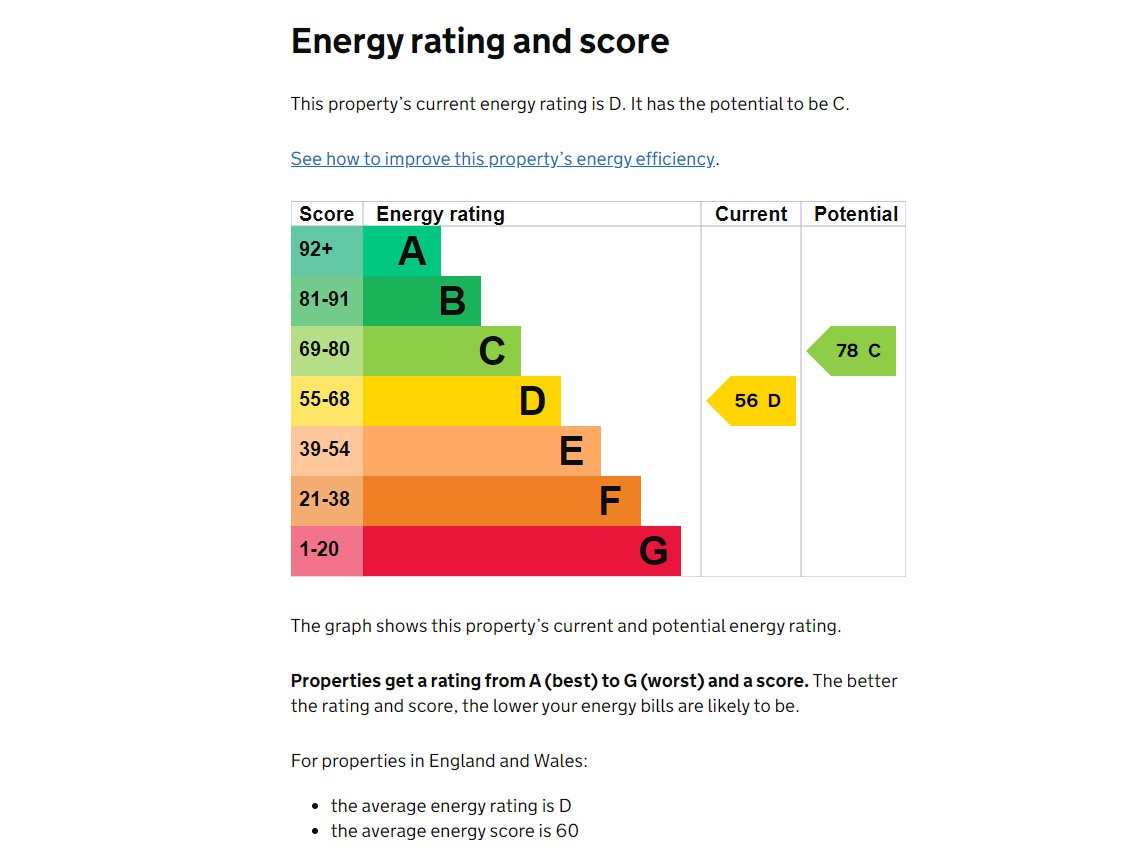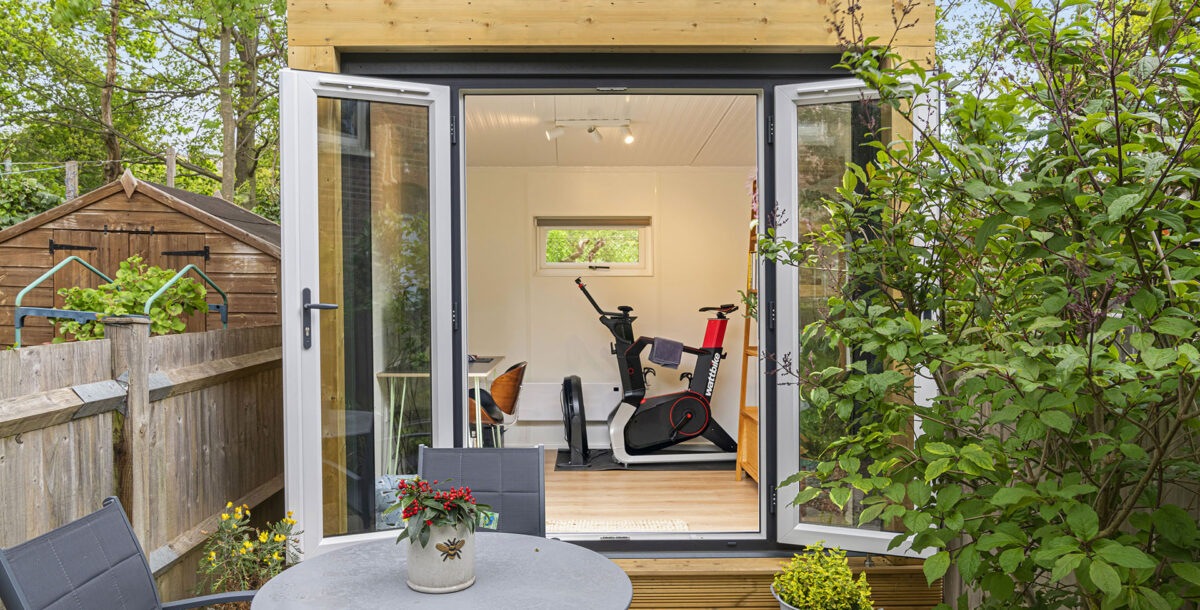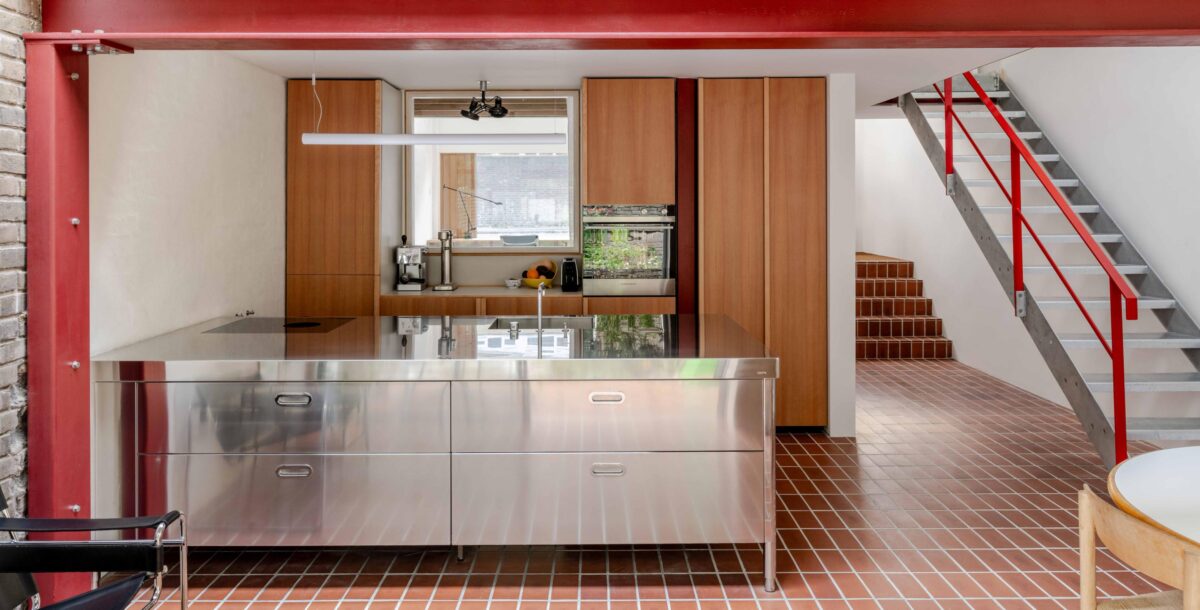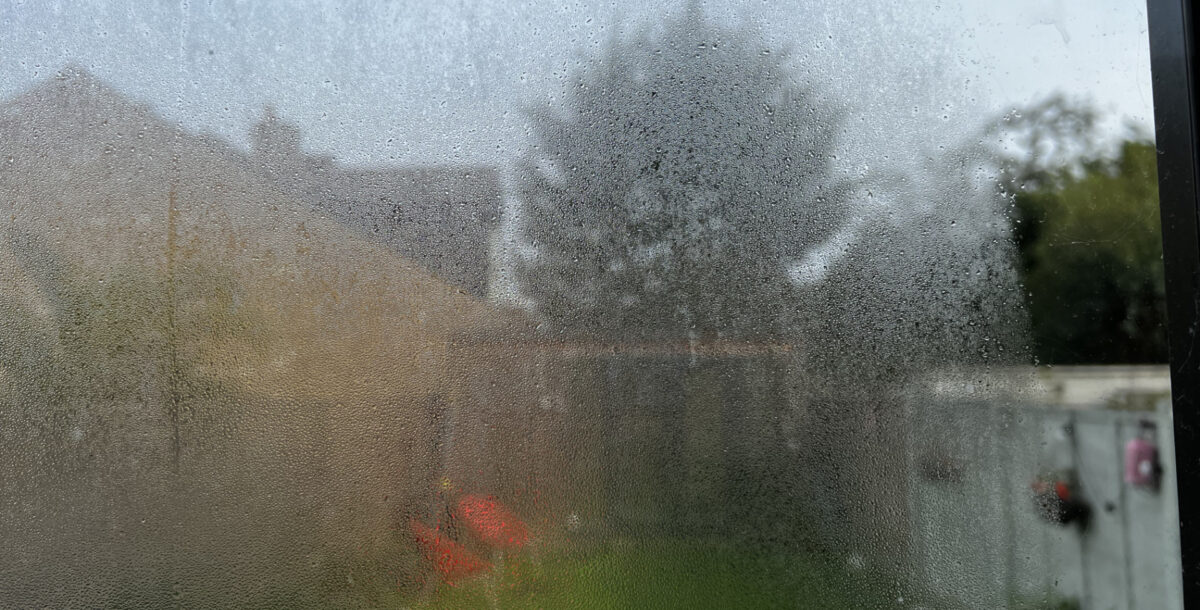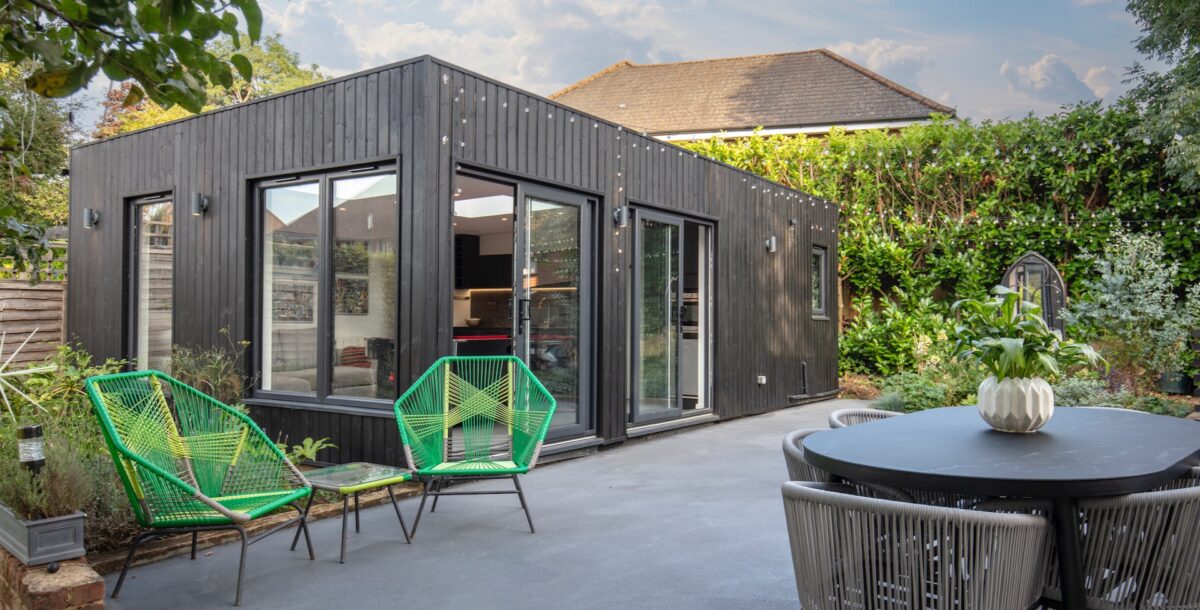What is the Great British Insulation Scheme? How to apply and what you can get
The new government initiative that could save you over £300 a year
The Great British Insulation Scheme is a new government initiative that’s been brought in to help people insulate their homes to make them more energy and cost-efficient. The one billion pound scheme is set to help around 300,000 homes nationwide. People on lower incomes and those with the least energy-efficient homes will be eligible for the scheme, which offers free or cheaper insulation depending on what you qualify for. Here’s everything you need to know about the Great Insulation Scheme and how to apply.
What is the scheme and how does it work?
Brought in earlier in the year, the Great British Insulation Scheme is set to run until the end of April 2026. Ofgem (The Office of Gas and Electricity Markets) states that The Energy Company Obligation’s (ECO) four main objectives of the scheme are to help alleviate fuel poverty and accelerate progress to meet fuel poverty targets, contribute to carbon reduction targets in the domestic sector, reduce the costs of meeting the UK’s renewable energy target through promoting more efficient energy use and to encourage innovation in the sector.
The benefit for those who qualify for the scheme will be more energy-efficient homes and reduced costs on energy bills. The Great British Insulation Scheme assesses your home’s eligibility by determining your EPC rating for how energy efficient your house is. The more energy efficient your home is, the lower your bills will be, and the insulation improvements made to each home will save around £300 – £400 on energy bills on average.
Having an insulated home is also important if you want to take advantage of the boiler upgrade scheme to get financial help with installing a heat pump, which can save you money vs a gas boiler.
What is your EPC and how do you find it?
Your EPC (Energy Performance Certificate) contains information about your property’s energy use carbon dioxide emissions and gives an indicator of typical energy costs. It also gives recommendations on how to reduce energy costs and save money. Your EPC will show your property’s energy rating from A (the most efficient) to G (the least efficient). Your EPC certificate will last for 10 years. You can find an existing energy certificate for all domestic properties online. If your property doesn’t have one (or it has expired), you’ll need a new one. Assessors cost between £60 and £120.
Who’s eligible for the Great British Insulation Scheme, and how do you apply?
You don’t just have to be a homeowner to be eligible for the scheme, you can be a landlord or a tenant, and this can be renting either privately or from a housing association. However, if you’re a tenant, you’ll need to speak to your landlord before you submit your application, as you’ll need permission before installing any insulation. There are two main qualifiers to see if you’ll be eligible for the scheme:
- Your home has an energy performance certificate (EPC) of between D – G
- Your home has a council tax band between A – D in England or A – E in Scotland or Wales. You can check your council tax band by entering your postcode.
You’ll need a few things to hand to check if you’re eligible, including figures for your total household income, the type of benefits anyone in the home receives (as this could qualify you for additional help) and your email address and phone number, so if you’re eligible your energy supplier can contact you. Then, just apply for support from the Great British Insulation Scheme; it only takes a few minutes.
If you are eligible for support, your energy supplier will contact you within 10 days and arrange for your property to be assessed. You’ll find out after the assessment if you need to pay anything towards the total costs.
If you qualify for the general group, you’ll receive one insulation upgrade and may be required to contribute towards the installation costs (approximately 10% of the whole cost). The low-income group will be eligible for free insulation.
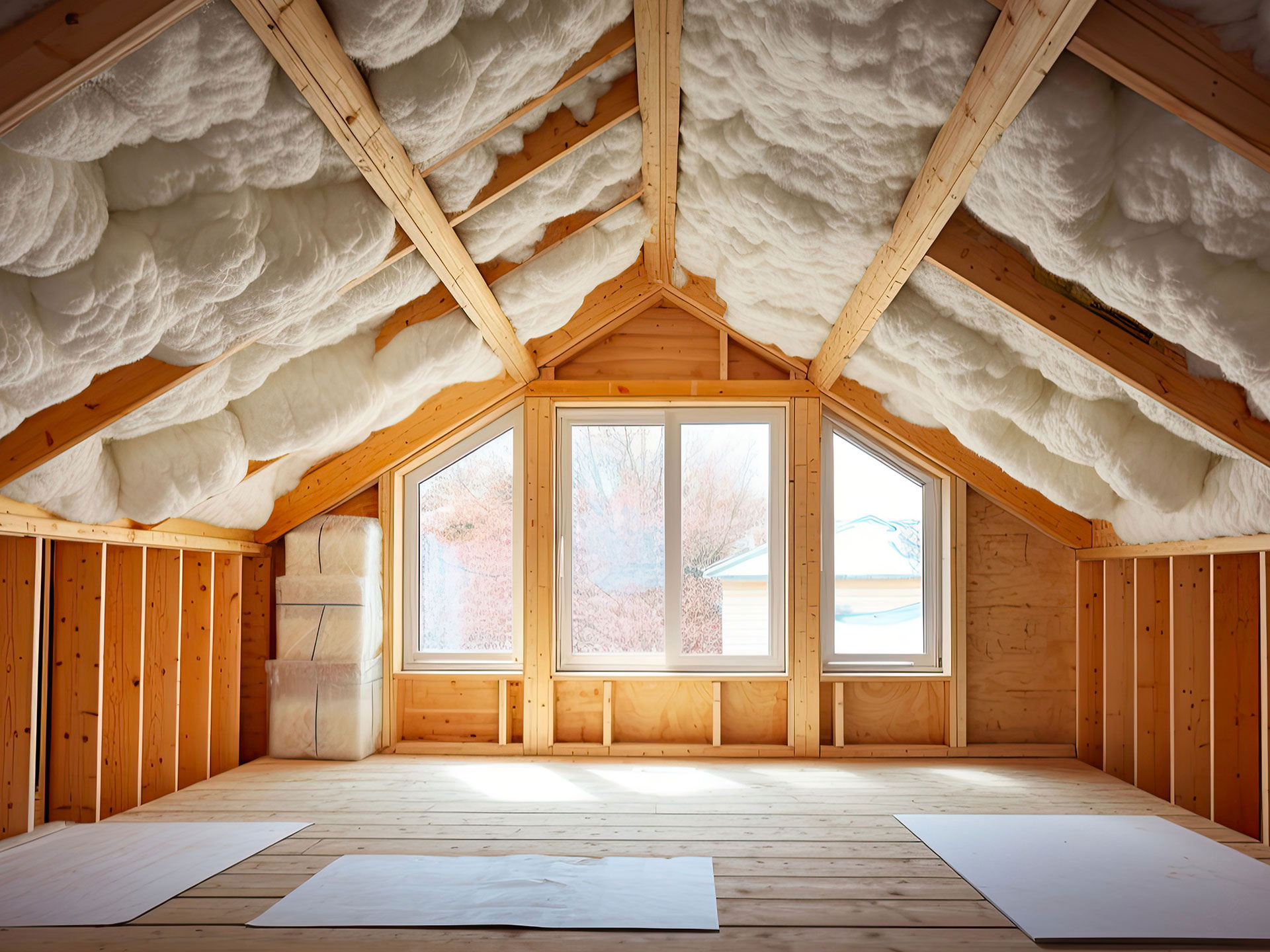
Image credit: Adobe Stock Photo
What types of insulation can you get help with?
There are a number of different types of insulation help you can get with the Great British Insulation Scheme, dependent on your home’s needs. Around a third of heat lost in an uninsulated home is through the walls and around a quarter through the roof. Free loft and cavity wall insulation are the two options you’ll most likely be able to get help with, but there are other types of help available, which we’ve listed below. Insulating park homes are also available on the Great British Insulation Scheme. Before you begin, it’s worth reading our guide on how to insulate your home.
Cavity wall insulation
This works by filling the air space in a cavity wall with materials (this could range from mineral wool to polystyrene beads to polyurethane foam). To fill the air space a specialist company drill holes in the outside walls and inject the holes with the insulation material, before sealing them with cement. Cavity wall insulation is not suitable for all home types (for example, period homes have solid walls), so it’s vital to check your before you apply.
Internal (IWI) or external (EWI) solid wall insulation
Both internal and external solid wall insulation saves energy, reduces fuel costs and can add value to your home. Installing Internal Wall Insulation (IWI) can be cheaper, but it can also reduce the floor space in your home (the insulation thickness is approximately 100mm). It can be done by attaching an insulation wall or a stud wall with mineral wool fibre. Internal wall insulation is best done at the building or renovation stage to minimise disruption and decorating costs, as the doorframes and skirting boards will need to be removed and reattached.
External Wall Insulation (EWI) is added to the external wall then covered with plasterwork or cladding. While it won’t solve rising damp, it can help prevent condensation on internal walls and prevent penetrating damp. It can also fill cracks and draughts in the brickwork and improve weatherproofing. Both IWI and EWI are costly and would be more likely to incur a contribution from the household within the scheme.
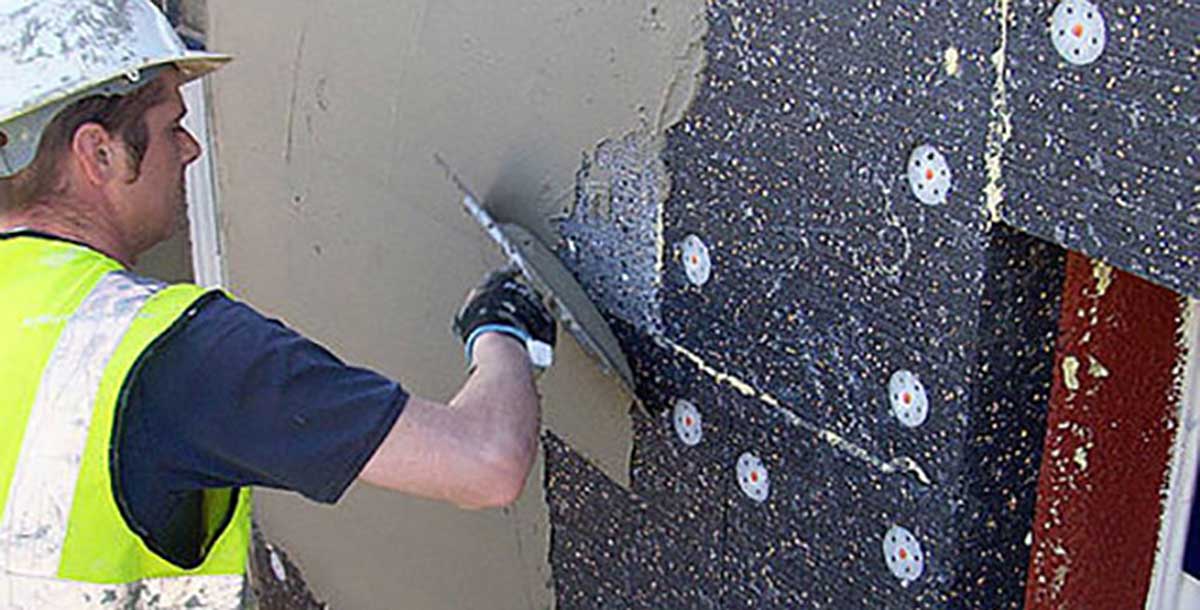
Loft insulation
Insulating your loft, attic (an attic tends to cover the entire floor of the building, while a loft covers only a few rooms), or flat roof can be a gamechanger on keeping heat in your home and reducing your energy bills. Heat escapes through the roof through conduction and convection, and adding this type of insulation traps heat inside the rooms below the loft and keeps cold air from outside from entering your home.
Flat, pitched and room-in-roof insulation
Grant-funded roof insulations are more commonly cold loft insulations, which involve insulating over and between the wooden joists found directly above the ceiling on the top floor. Room in roof insulation requires insulation boarding being cut and fitted between the rafters and underneath the existing plasterboard walls.
Underfloor or solid floor insulation
Insulating the ground floor of your house is an effective way to keep your home warm and lower your energy bills. Older homes are more likely to have timber floors and need underfloor insulation where rolls of mineral fibre are fitted between the flooring joists. For solid floors, insulation will be added over an existing concrete slab.


